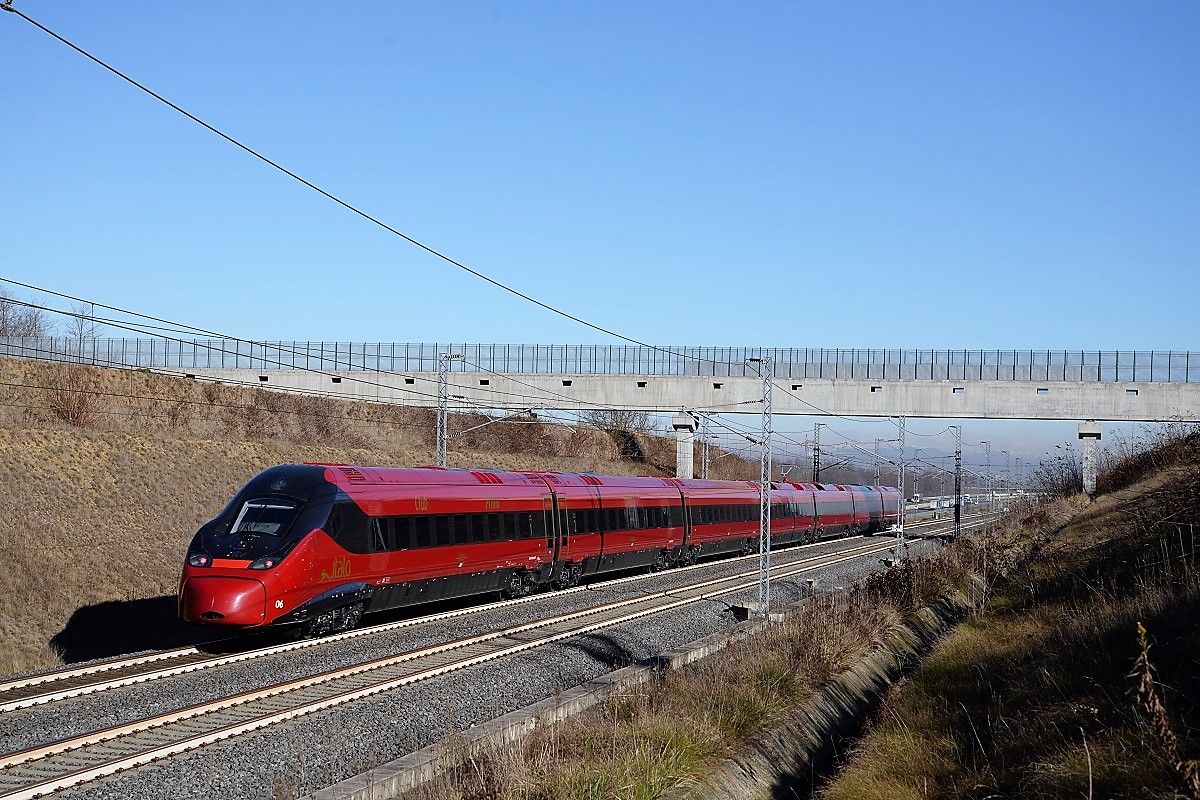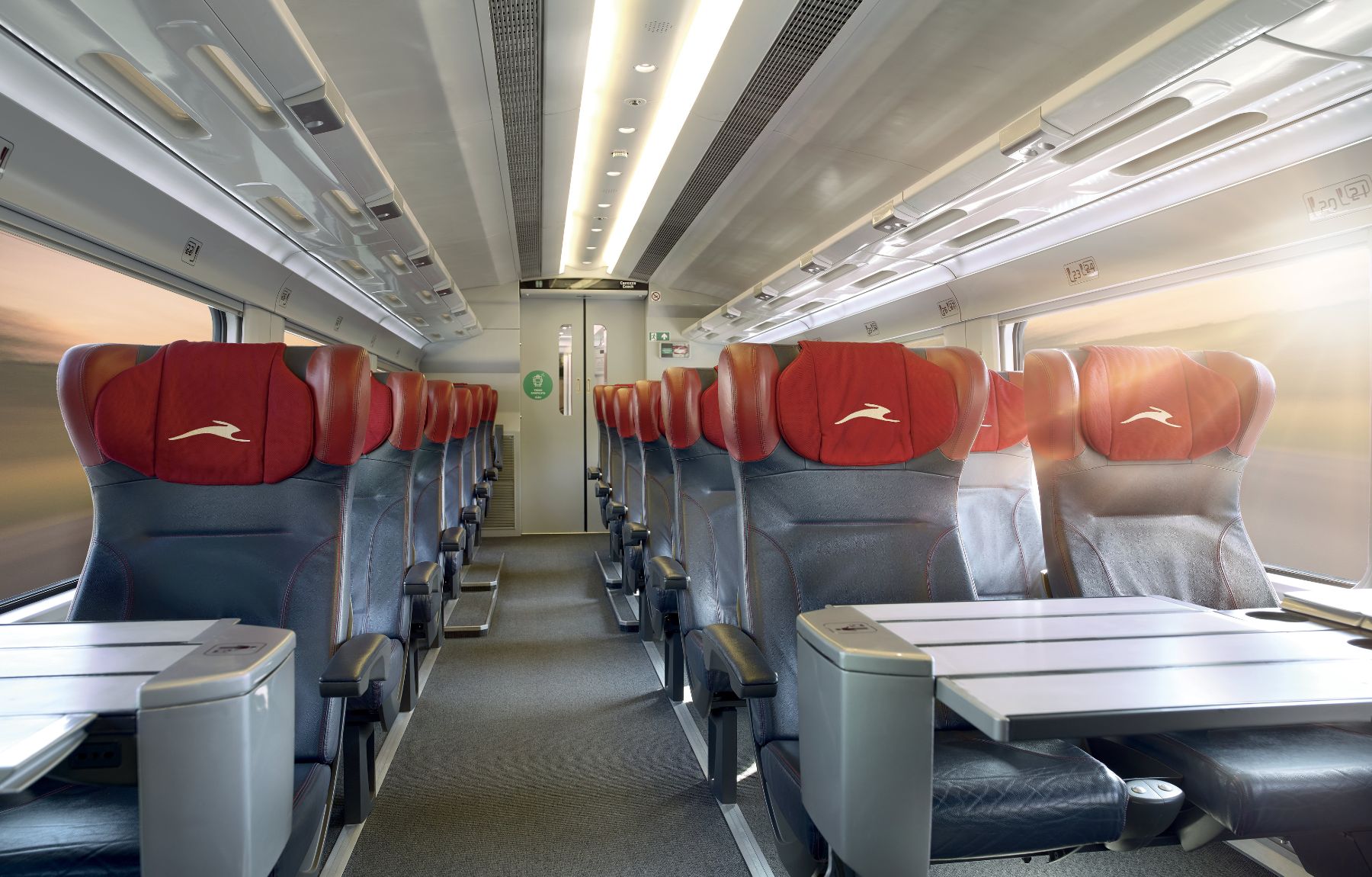
Italy’s rail network is extensive and efficient, connecting major cities and picturesque towns. Discover everything you need to know about traveling by train in Italy, from high-speed routes to regional journeys.
Italy boasts an extensive and efficient rail network, making it easy for travelers to explore the country’s diverse landscapes and historic cities. From high-speed trains connecting major cities to regional routes that take you through picturesque towns, Italy’s train system is one of the best ways to travel. Here’s everything you need to know about the Italian train map.
- Exploring Italy by Train
- The main rail routes in Italy
- Understanding train schedules in Italy
- Navigating major train stations
- Tips for traveling by train in Italy
Exploring Italy by Train
Traveling by train in Italy is an experience in itself. With an intricate web of routes crisscrossing the country, you can easily reach both well-known cities and hidden gems. The Italian train system map provides a comprehensive view of all available routes, including high-speed and regional lines.
The Map of Italy’s Rail System
Italy’s rail system is divided into several types of services. High-speed trains, such as those operated by Italo, connect major cities at speeds of up to 300 km/h. These routes are perfect for long-distance travel, reducing travel time significantly. On the other hand, regional trains cover shorter distances and stop at more stations, making them ideal for exploring smaller towns and rural areas.
High-speed vs. Regional Trains
High-speed trains, depicted on the Italian high-speed train map, are the best choice for fast and comfortable travel between major cities like Rome, Milan, and Naples. Regional trains, highlighted on the Italian train system map, are slower but offer more frequent stops, providing access to smaller destinations. Whether you’re zooming across the country or meandering through scenic routes, both types of trains offer unique advantages.
The Main Rail Routes in Italy

Italy’s main rail routes can be categorized into North-South and West-East corridors, connecting various cities and regions.
North to South
- Milan – Naples: This is one of the busiest routes on the Italian bullet train map, connecting two major economic and cultural hubs.
- Milan – Bari: A key route that links the northern industrial city of Milan with the southeastern port city of Bari.
- Turin – Reggio Calabria: This route stretches from the northwest corner of Italy to the southern tip, showcasing the country’s diverse landscapes.
- Turin – Bari: Another significant north-south corridor, facilitating travel between the northwest and the southeast.
- Venice – Salerno: Connecting the northeastern city of Venice with Salerno in the south, this route is popular among tourists.
- Genoa – Naples: This line links the northern coastal city of Genoa with the southern city of Naples, offering scenic views along the way.
West to East
- Genoa – Venice: This route crosses the northern part of Italy, connecting two important port cities.
- Milan – Venice: A crucial route on the northern Italian train map, linking two major tourist destinations.
- Florence – Venice: Traveling from the heart of Tuscany to the iconic canals of Venice, this route is a favorite among tourists.
- Bologna – Trieste: Connecting the central city of Bologna with Trieste on the northeastern border, this route is significant for both passenger and freight traffic.
- Turin – Venice: This route stretches across the northern part of the country, linking the western and eastern borders.
Understanding Train Schedules in Italy
Planning your journey involves understanding the train schedules in Italy. High-speed trains run frequently between major cities, with multiple departures each hour. Regional trains have more varied schedules, often with fewer services on weekends and holidays. It’s advisable to check the Italian train network for up-to-date schedules and plan your trip accordingly.
Navigating Major Train Stations
Italy’s major train stations, highlighted on the Trenitalia station map, are well-equipped with amenities and services for travelers. Stations like Rome Termini, Milan Centrale, and Naples Centrale are bustling hubs that connect various regional and high-speed routes. These stations offer facilities such as luggage storage, dining options, and ticketing services, ensuring a smooth travel experience.
Tips for Traveling by Train in Italy
- Book in advance: For high-speed trains, it’s advisable to book your tickets in advance to secure the best prices and seat availability.
- Understand ticket types: Familiarize yourself with the different ticket classes and services offered on high-speed trains. Italo, for example, offers options like Smart, Prima, and Club Executive, catering to different budget and comfort levels.
- Validate your ticket: For regional trains, remember to validate your ticket before boarding. Ticket validation machines are usually located on the platforms.
- Travel light: Major train stations can be busy, and carrying lighter luggage can make your journey more comfortable.
- Use station facilities: Make use of the amenities at major train stations to enhance your travel experience. Many stations have information desks, shops, and restaurants.
FAQ on Traveling in Italy By Train
The Italian train map is your gateway to exploring the rich cultural heritage and natural beauty of Italy. Whether you’re traveling on high-speed routes or enjoying the scenic regional lines, the Italian train system offers a convenient and enjoyable way to see the country. From the bustling cities of the north to the serene landscapes of the south, Italy’s rail network connects it all. Plan your journey, book your tickets, and get ready to discover Italy by train.
By understanding the train routes in Italy and making use of the Italian high-speed rail map, you can maximize your travel experience and explore the country with ease. Whether you’re a first-time visitor or a seasoned traveler, Italy’s train network offers something for everyone. So hop on board and enjoy the ride!





